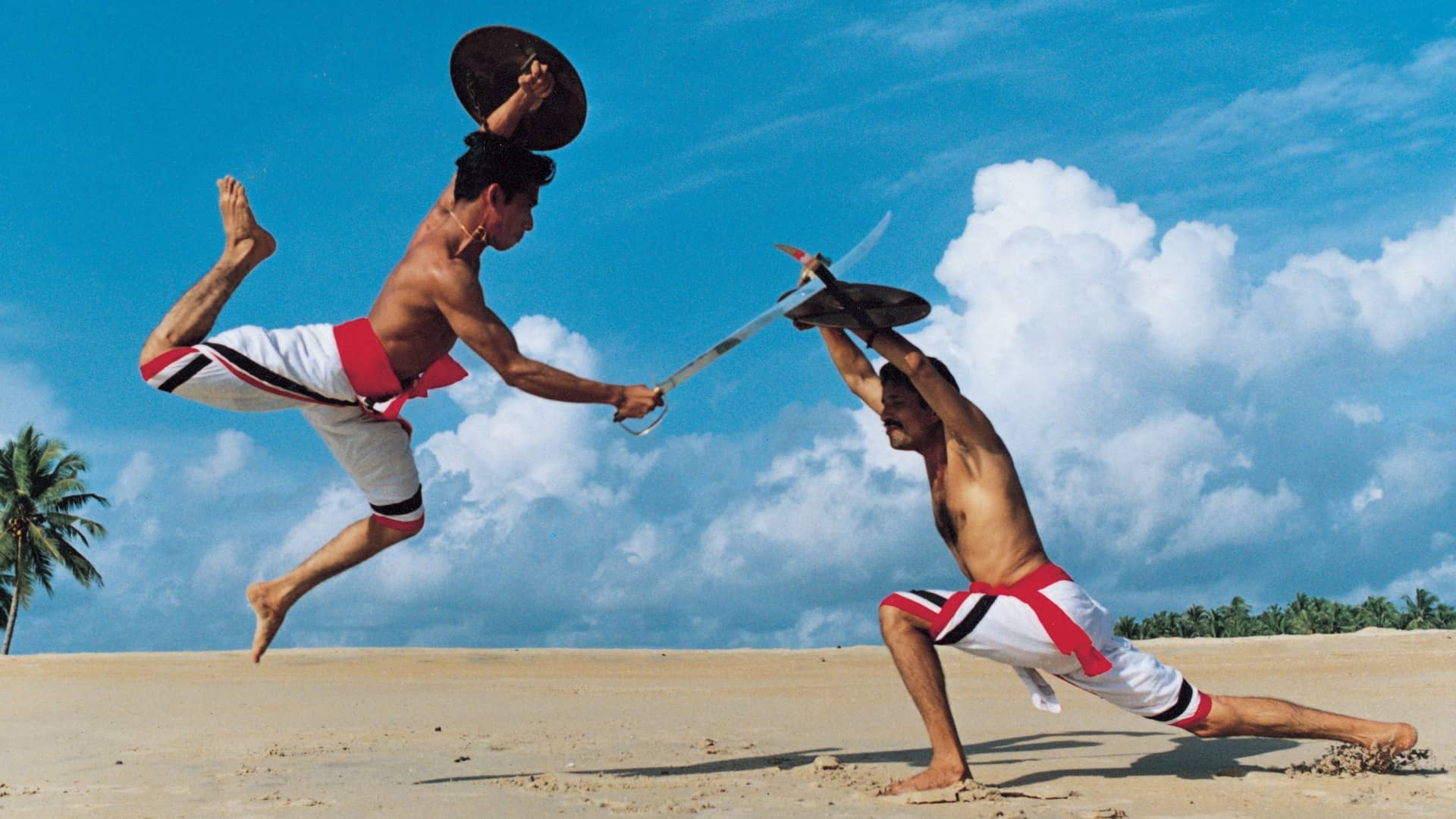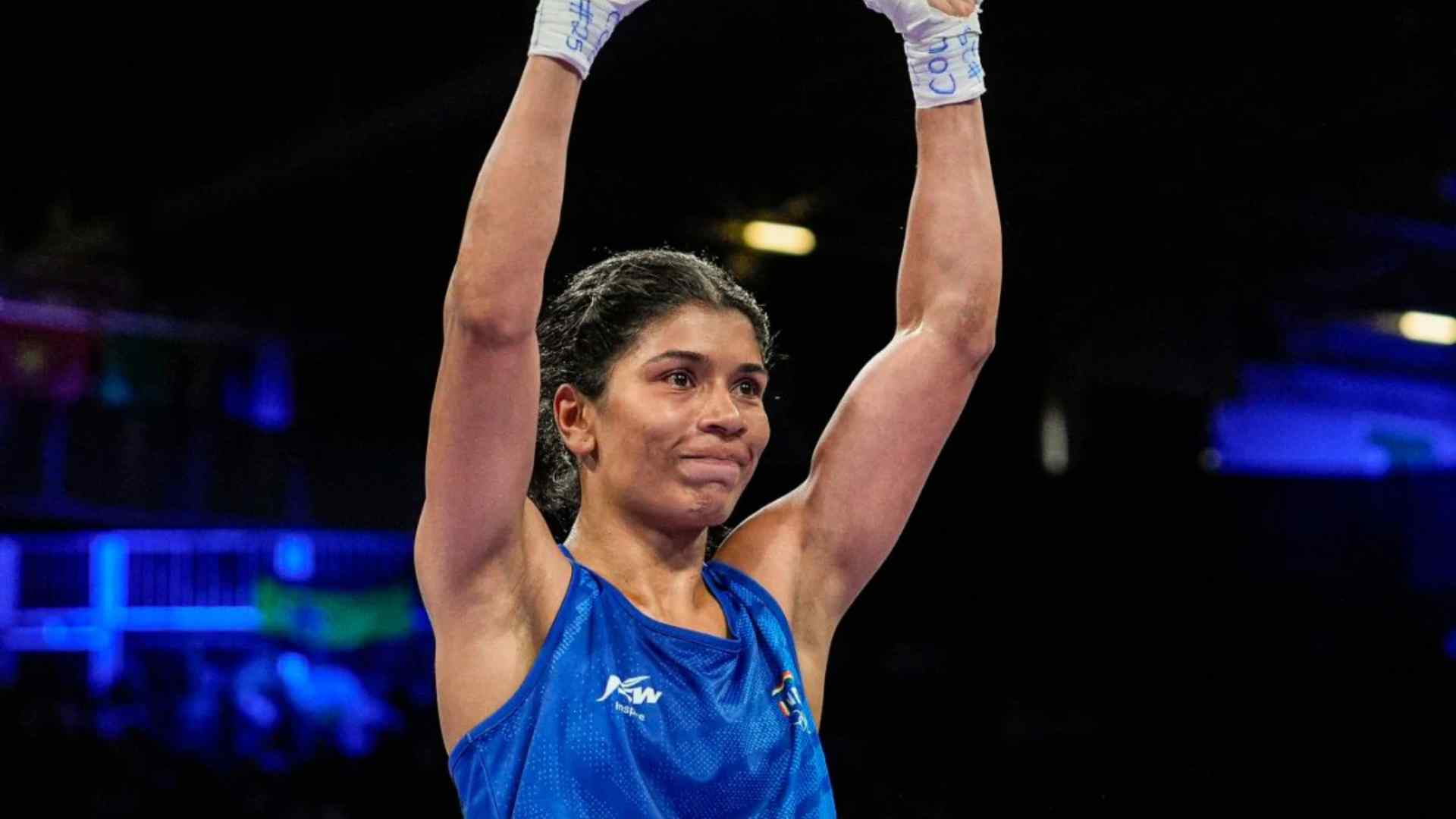Kalari also known as Kalaripayattu is a traditional Indian martial art that originated in the state of Kerala in southwestern India. The art, which is also known as "Kalarippayattu," combines aspects of martial arts, yoga, and Ayurveda, and is considered to be one of the oldest martial arts in the world.
In kalari, practitioners, known as "kalarippayattis," train in a specially designed training hall, known as a "kalari," which is typically made of wood and mud. The kalari is divided into three areas, known as "kalams," which are used for different aspects of training. The "thattu kalam" is used for grappling and wrestling, the "verum kalam" is used for stick and sword fighting, and the "meythari kalam" is used for empty hand combat.
Kalari training involves a rigorous regimen of physical and mental exercises, including yoga and meditation, as well as martial arts techniques such as strikes, kicks, grappling, and weapon use.
Benefits of Kalari:
- Improved physical fitness and strength: Kalari training involves a rigorous regimen of physical exercises, including yoga, meditation, and martial arts techniques such as strikes, kicks, and grappling. This can help to improve overall physical fitness and strength, as well as flexibility and agility.
- Improved mental focus and concentration: Kalari training also includes mental exercises, such as meditation and pranayama (breathing techniques), which can help to improve mental focus and concentration. This can have a positive impact on overall health and well-being.
- Improved self-defense skills: kalari training focuses on the use of the body's natural weapons, such as the hands, feet, elbows, and knees. This can provide practitioners with effective self-defense skills, which can be useful in a variety of situations.
- Improved balance and coordination: kalari training emphasizes the importance of balance and coordination, and includes exercises designed to improve these skills. This can have a positive impact on overall health and well-being, as well as sports performance.
- Improved mental and emotional well-being: kalari training incorporates principles of Ayurveda, the traditional Indian system of medicine, which focuses on promoting balance and harmony in the body and mind. This can help to improve overall mental and emotional well-being, as well as physical health.
In addition to its martial arts techniques, kalari also incorporates principles of Ayurveda, the traditional Indian system of medicine. Practitioners of kalari believe that the art can help to improve overall health and well-being by promoting balance and harmony in the body and mind.
ALSO READ | Kushti: Everything you need to know about the traditional Indian wrestling
Kalari has a long and rich history in India, with references to the art dating back to the 2nd century BCE. In the past, kalari was used as a means of self-defense and warfare, with kalarippayattis serving as bodyguards and warriors. Today, kalari continues to be practiced as a martial art and as a means of promoting health and well-being.








Leave a comment
Please login to leave a comment.